Pepper Paradise: A Spicy Journey Through the Birthplace of Peppers!
When you bite into a fiery habanero or savor the subtle heat of a poblano, you're experiencing a legacy that dates back thousands of years. But have you ever wondered where these little flavor bombs actually come from? In this article, we’ll take you on a flavorful world tour through the origins of peppers, uncovering their ancient roots and how they became a global obsession. Along the way, we’ll share practical growing tips, cooking secrets, and some spicy trivia to keep your culinary curiosity burning bright.
Table of Contents
- Where Did It All Begin?
- How Peppers Conquered the World
- A Taste Tour: Popular Peppers & Their Native Regions
- Want to Grow Your Own? Practical Pepper Growing Tips
- Spice Up Your Kitchen: Culinary Uses Around the Globe
- Hot or Not? Fun Pepper Facts You Probably Didn’t Know
- Conclusion
Where Did It All Begin?
Let’s rewind the clock about 7,500 years. Our story begins in one of the most biodiverse regions on Earth: Central and South America. This is where peppers—scientifically known as Capsicum species—took their first steps into human history.
Archaeological evidence from Mexico shows that people were domesticating chili peppers as early as 6,000 BCE. Sites in Peru, Brazil, and Bolivia also reveal ancient pepper use, showing that indigenous cultures across the continent embraced these plants not just for food, but for medicine, rituals, and preservation techniques like drying and smoking.
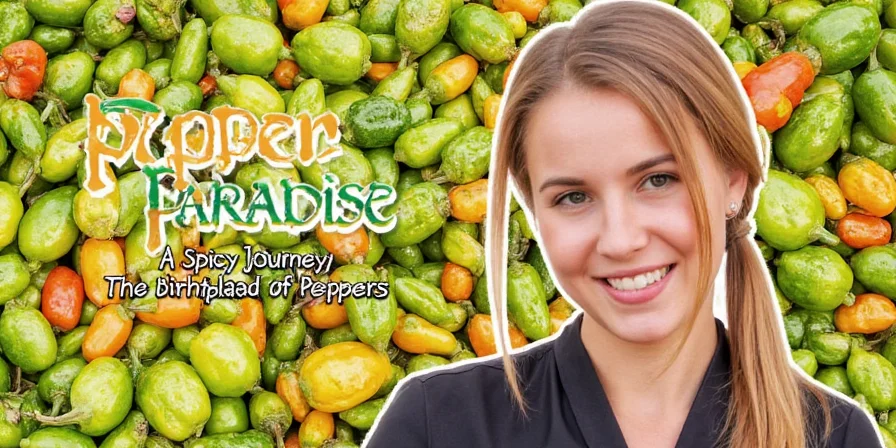
The Original Capsicum Species
| Pepper Type | Native Region | Approximate Domestication Date |
|---|---|---|
| Capsicum annuum | Mexico | ~6,000 BCE |
| Capsicum frutescens | Amazon Basin | ~5,400 BCE |
| Capsicum chinense | Amazon Basin | ~3,600 BCE |
| Capsicum baccatum | Peru/Bolivia | ~6,700 BCE |
| Capsicum pubescens | Andes Mountains | ~7,500 BCE |
How Peppers Conquered the World
If peppers had a passport, it would be full of stamps! The journey from American soil to global stardom began with Christopher Columbus (yes, him again), who brought chilies back to Europe in the late 15th century. From there, Portuguese traders spread them to Africa, India, and Southeast Asia—a trade route hotter than a ghost pepper!
Once introduced to new continents, peppers adapted surprisingly well. In fact, countries like Thailand, China, and Korea now can't imagine their cuisine without chilies. Who knew kimchi used to be mild before the 16th century?
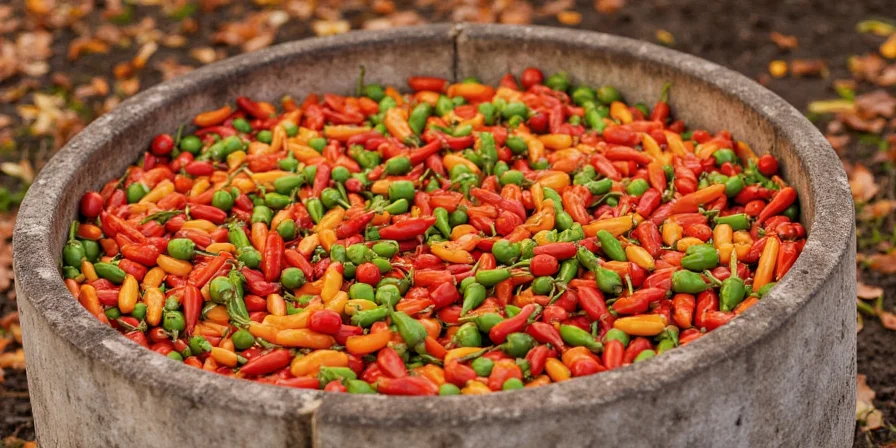
A Taste Tour: Popular Peppers & Their Native Regions
Now let's take a virtual taste trip around the world to meet some famous faces of the pepper family and where they originally called home:
- Jalapeño – Oaxaca, Mexico 🌶️
- Habanero – Yucatán Peninsula, Mexico 🔥
- Bell Pepper – Mexico/Hungary (hybrid evolution) 🟨
- Tabasco – Tabasco region, Mexico 🧂
- Scotch Bonnet – Caribbean Islands 🏝️
- Shishito – Japan 🍵
- Serrano – Mexico 🔪
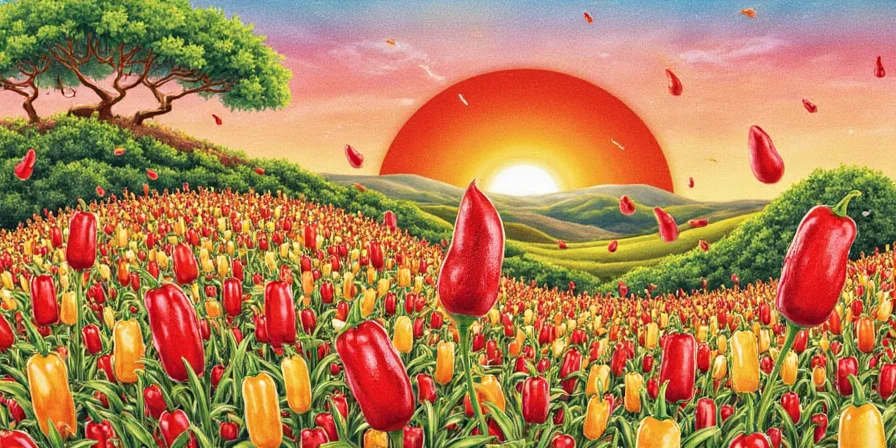
Want to Grow Your Own? Practical Pepper Growing Tips
Ready to bring a bit of the tropics into your garden? Here are five must-know tricks for cultivating your own spicy harvest:
- Start Indoors: Peppers love warmth. Start seeds indoors 8–10 weeks before last frost.
- Sunshine Please: These sun-lovers need at least 6 hours of direct sunlight daily.
- Pick the Right Pot: Use pots with good drainage; peppers hate wet feet more than a cat hates bath time.
- Fertilize Wisely: High nitrogen encourages leaves, not fruit. Use a balanced fertilizer once blooming starts.
- Mulch Magic: Mulch keeps moisture steady and reduces weeds. Think of it as a cozy blanket for your pepper plant.
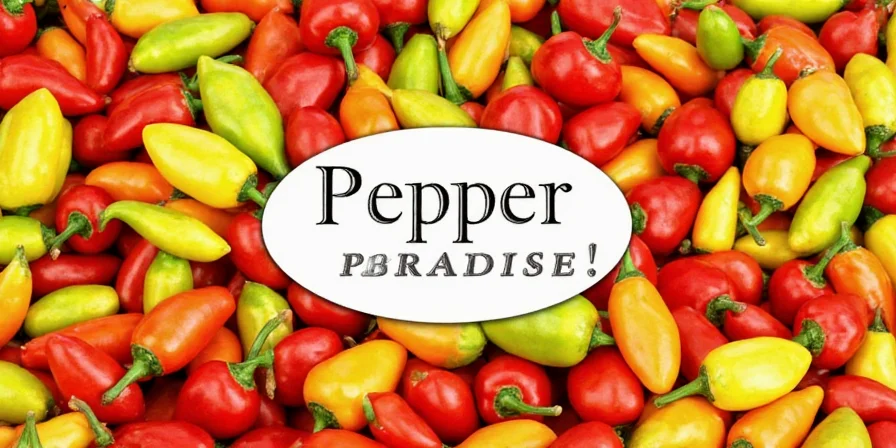
Spice Up Your Kitchen: Culinary Uses Around the Globe
From smoky chipotles to neon-orange bird’s eye chilies, every culture has its own way of turning up the heat. Let’s explore how different cuisines celebrate their native peppers:
- Mexico: Dried ancho chilies in mole sauces
- Thailand: Bird’s eye chilies in green curry
- India: Kashmiri chilies for vibrant color and gentle heat
- Korea: Gochugaru for kimchi and gochujang paste
- Turkey: Isot peppers used in Urfa Biber spice blend
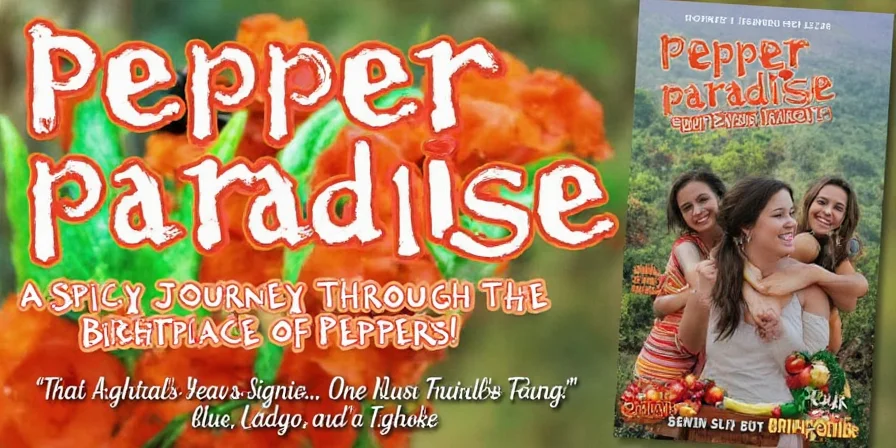
Hot or Not? Fun Pepper Facts You Probably Didn’t Know
Think you know everything about peppers? Here are a few surprising tidbits that might make you reconsider:
- Peppers produce capsaicin—the compound that gives them heat—as a defense mechanism against fungi and mammals. Birds, however, can eat them without feeling any burn!
- Green bell peppers are just unripe red, yellow, or orange ones. Leave them on the vine longer for more sweetness.
- The spiciest pepper in the world? That title goes to the **Carolina Reaper**, measuring over 2 million Scoville Heat Units (SHU).
- In ancient times, chilies were used as currency in parts of Mexico.
- Pepper sprays are made from oleoresin capsicum, the same stuff that makes your tongue tingle after eating hot wings.
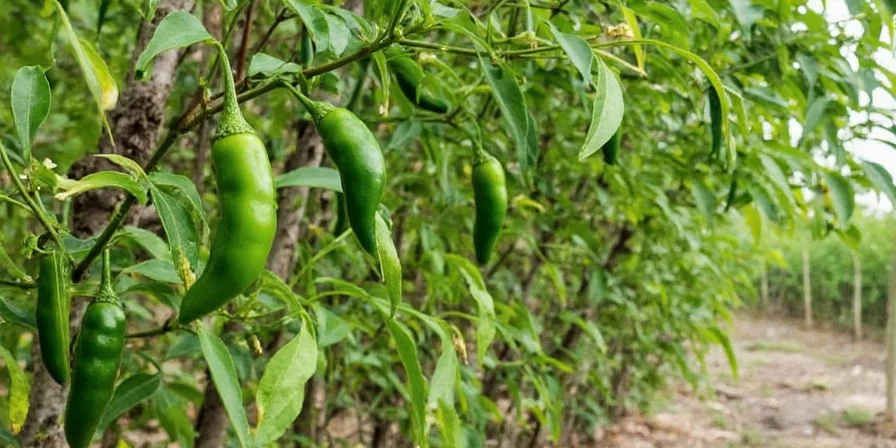
Conclusion
So next time you crush some dried guajillo over tacos or reach for a jalapeño for your homemade salsa, remember—you’re holding a piece of botanical history. Peppers originated in the wilds of the Americas and traveled the globe through trade, war, and cultural exchange to become the backbone of countless cuisines.
Whether you're a gardener looking to grow your own spicy stash or a chef perfecting a regional dish, understanding where peppers came from adds depth to every bite. So go ahead—turn up the heat. The world tastes better when it’s got a little kick.

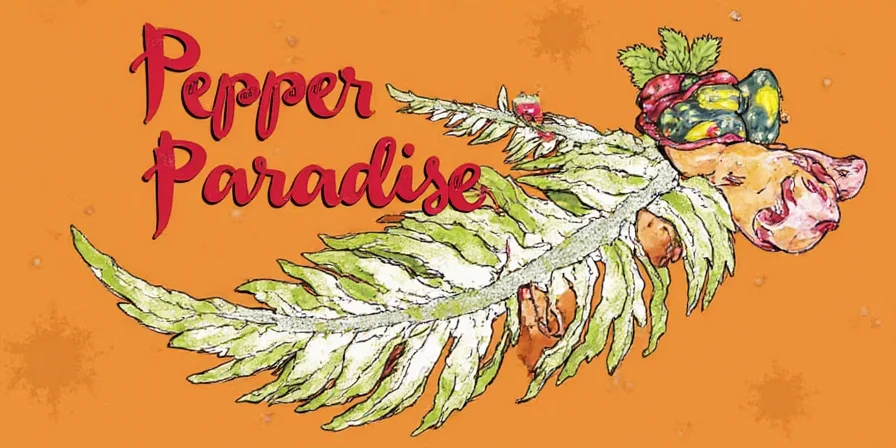









 浙公网安备
33010002000092号
浙公网安备
33010002000092号 浙B2-20120091-4
浙B2-20120091-4